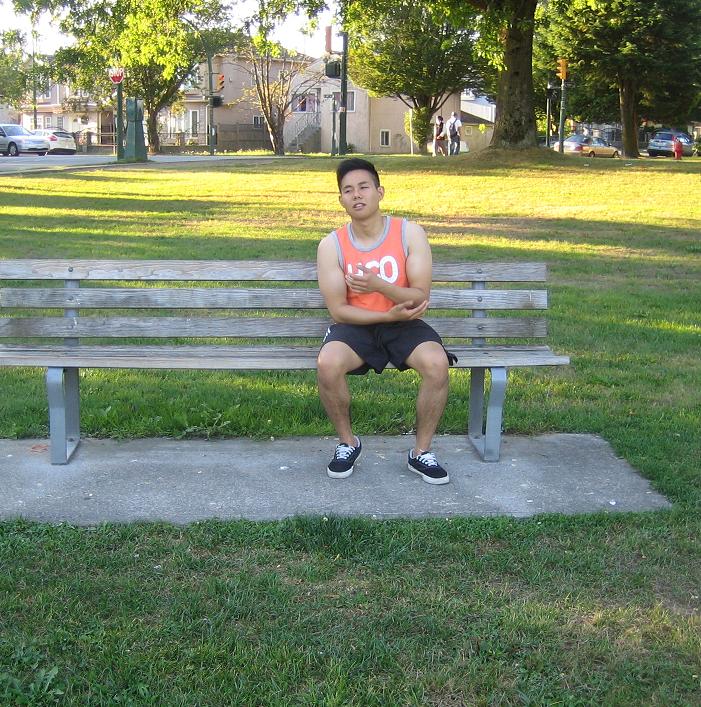Myofascial pain syndrome is pain or discomfort in the soft tissues or muscles. This is considered as a chronic, sore condition that involves the fascia.
The syndrome might affect either one muscle or muscle group. In some instances, the area where pain arises might not be where the myofascial pain generator is positioned. It is believed that the actual site of the injury or strain triggers the development of a trigger that instigates pain in other parts of the body or referred pain.

What are the causes?
Myofascial pain might arise from a muscle injury or from significant strain in one muscle or muscle group, tendon or ligament.
Other possible causes include:
- Generalized fatigue
- Damage to the intervertebral discs
- Lack of activity such as a fractured arm in a sling
- Medical ailments including stomach irritation or heart attack
- Repetitive motions
Indications
Myofascial pain syndrome generally involves muscle pain with specific “trigger” points. It is important to note that the pain might be aggravated by stress or activity. Aside from the localized or regional pain linked with the syndrome, individuals with the condition might also suffer from fatigue, depression and behavioral issues.
Management of myofascial pain syndrome
- In most cases, physical therapy has been the ideal treatment for myofascial pain syndrome.
- Other treatment options include the “stretch and spray” technique where the muscle with the trigger point is sprayed throughout its length with a coolant and slowly stretched.
- Massage therapy
- Trigger point injection involves the injection of anesthesia directly into the trigger point of the individual
For chronic cases of myofascial pain, a combination of physical therapy, massage and trigger point injections are required. In some instances, medications are used to manage any currently present conditions such as depression and insomnia.

